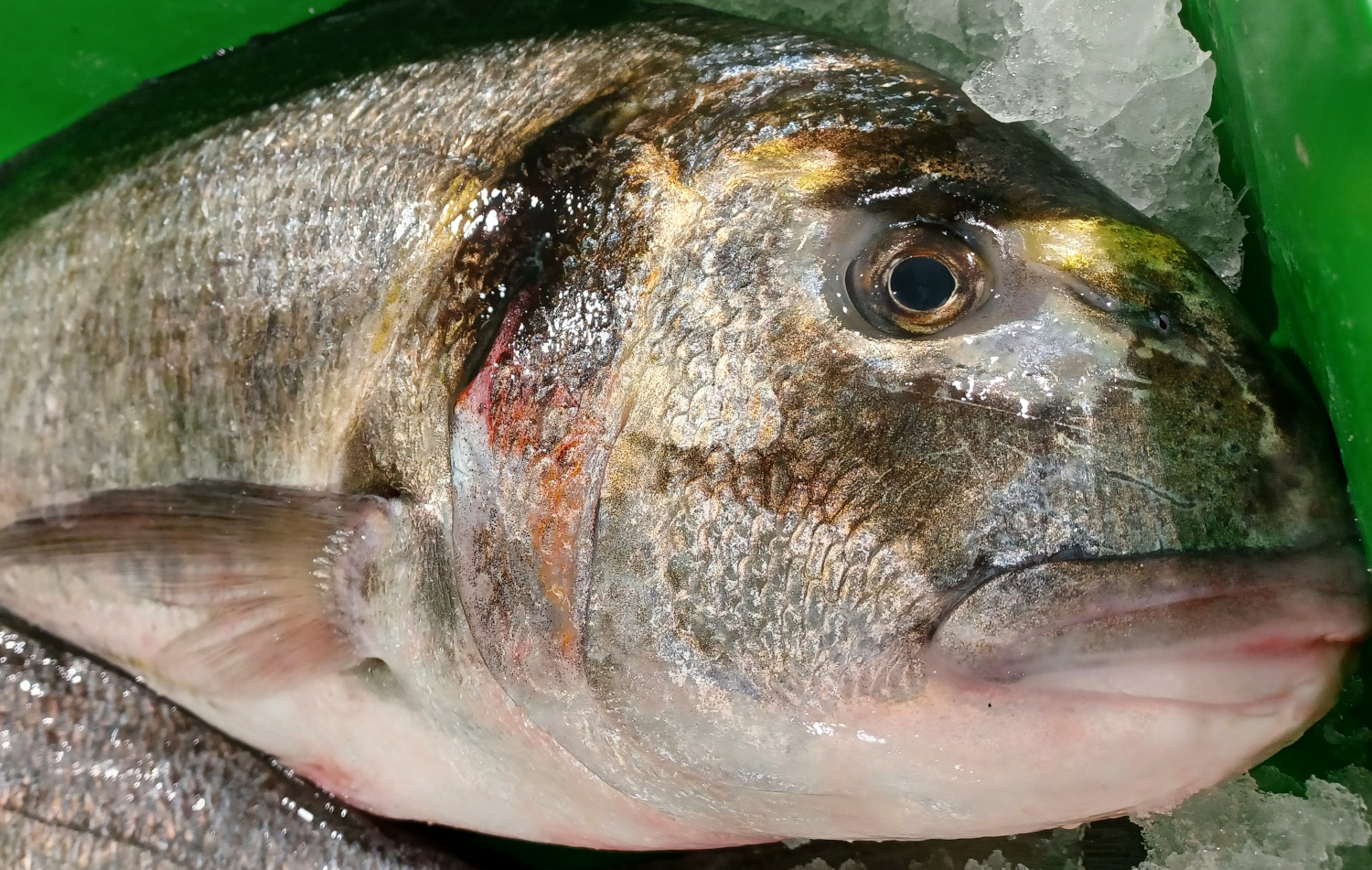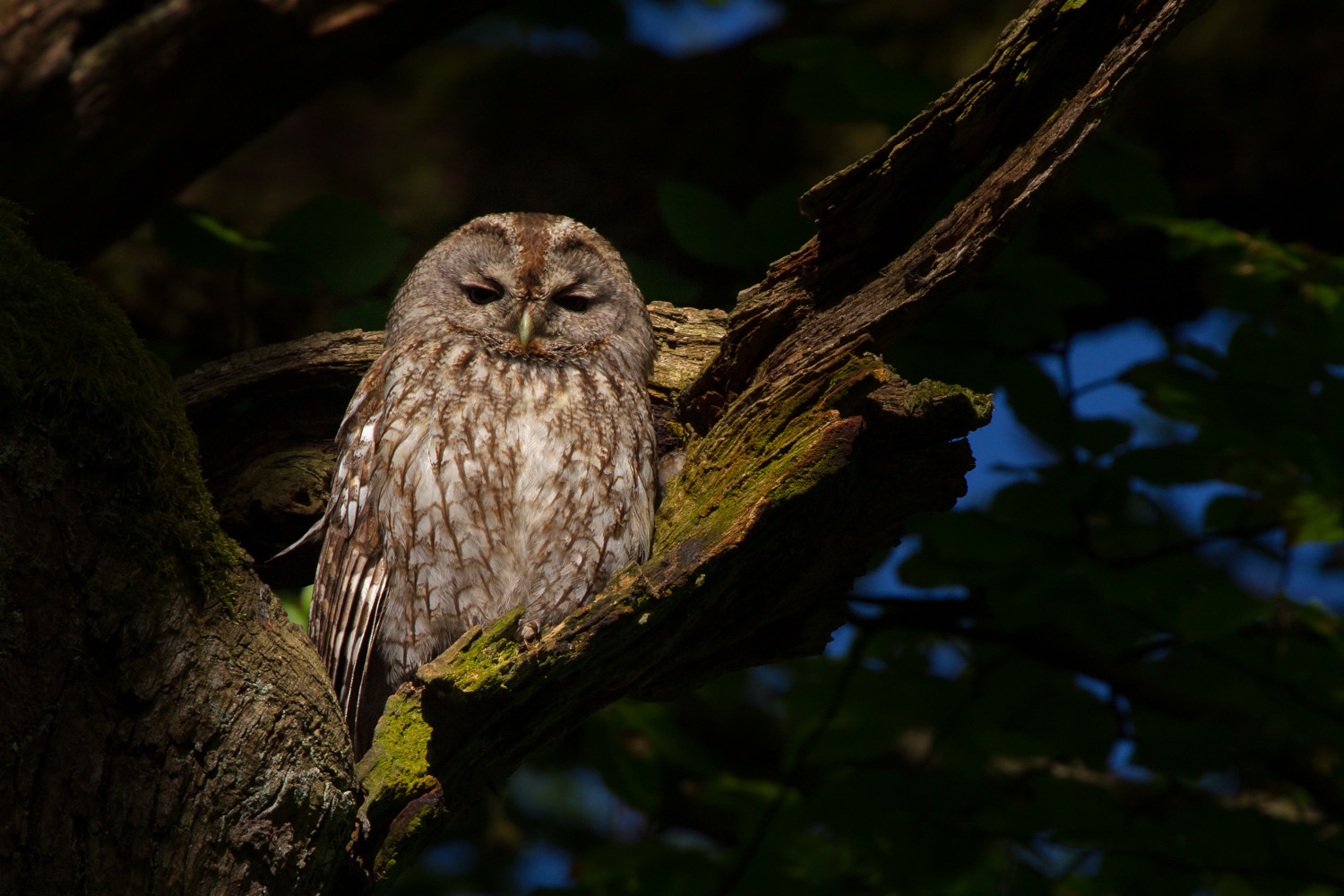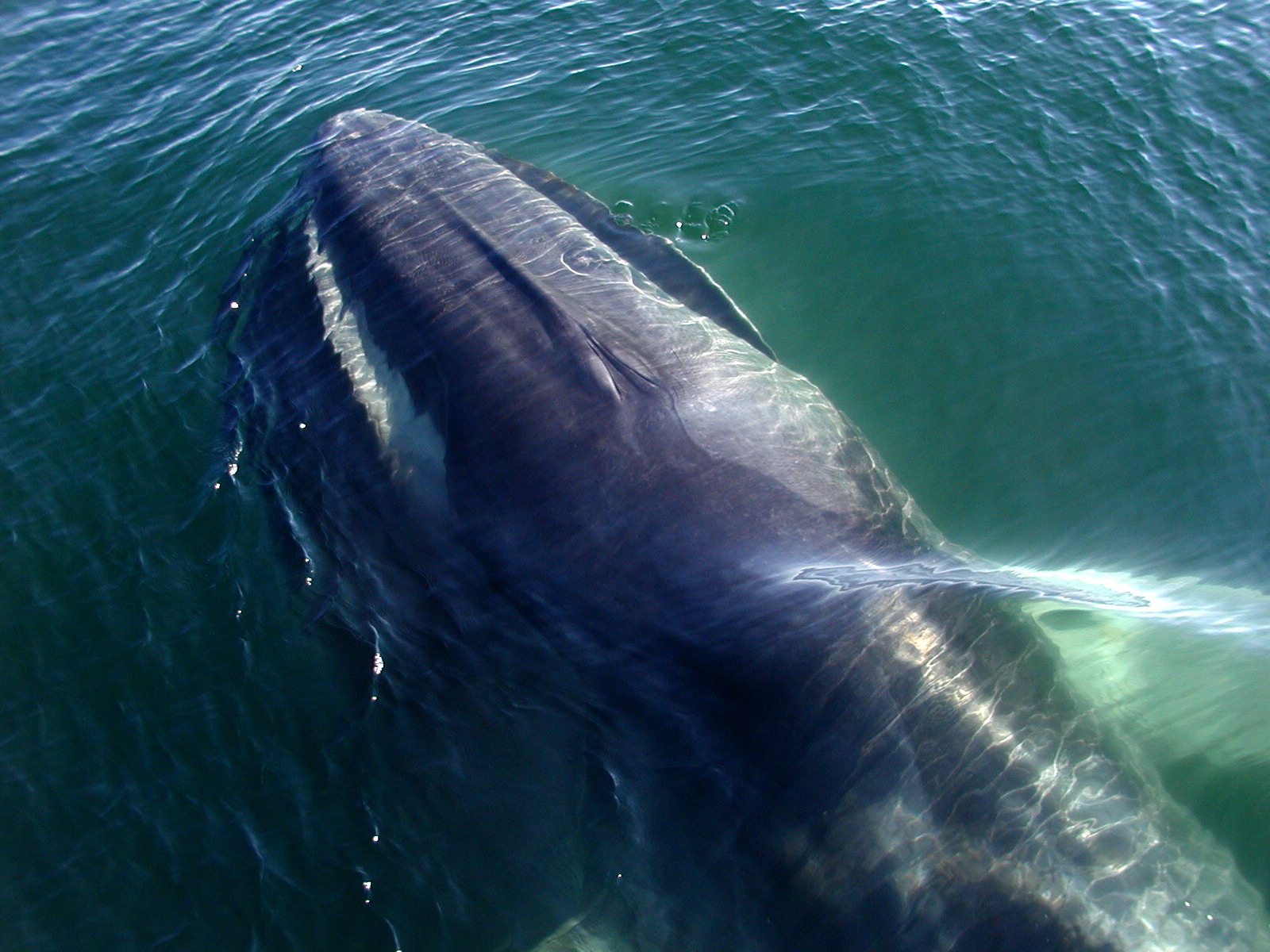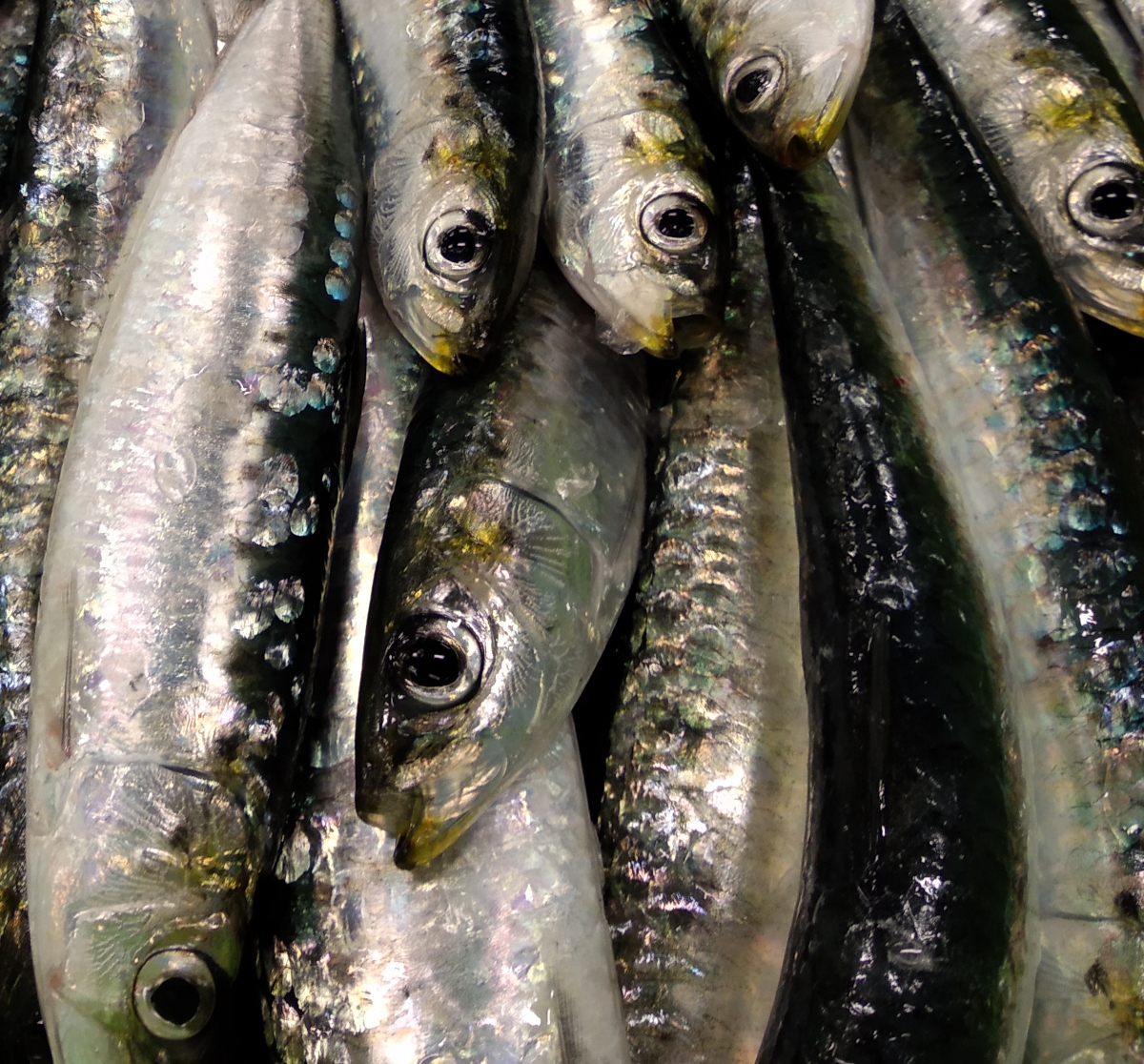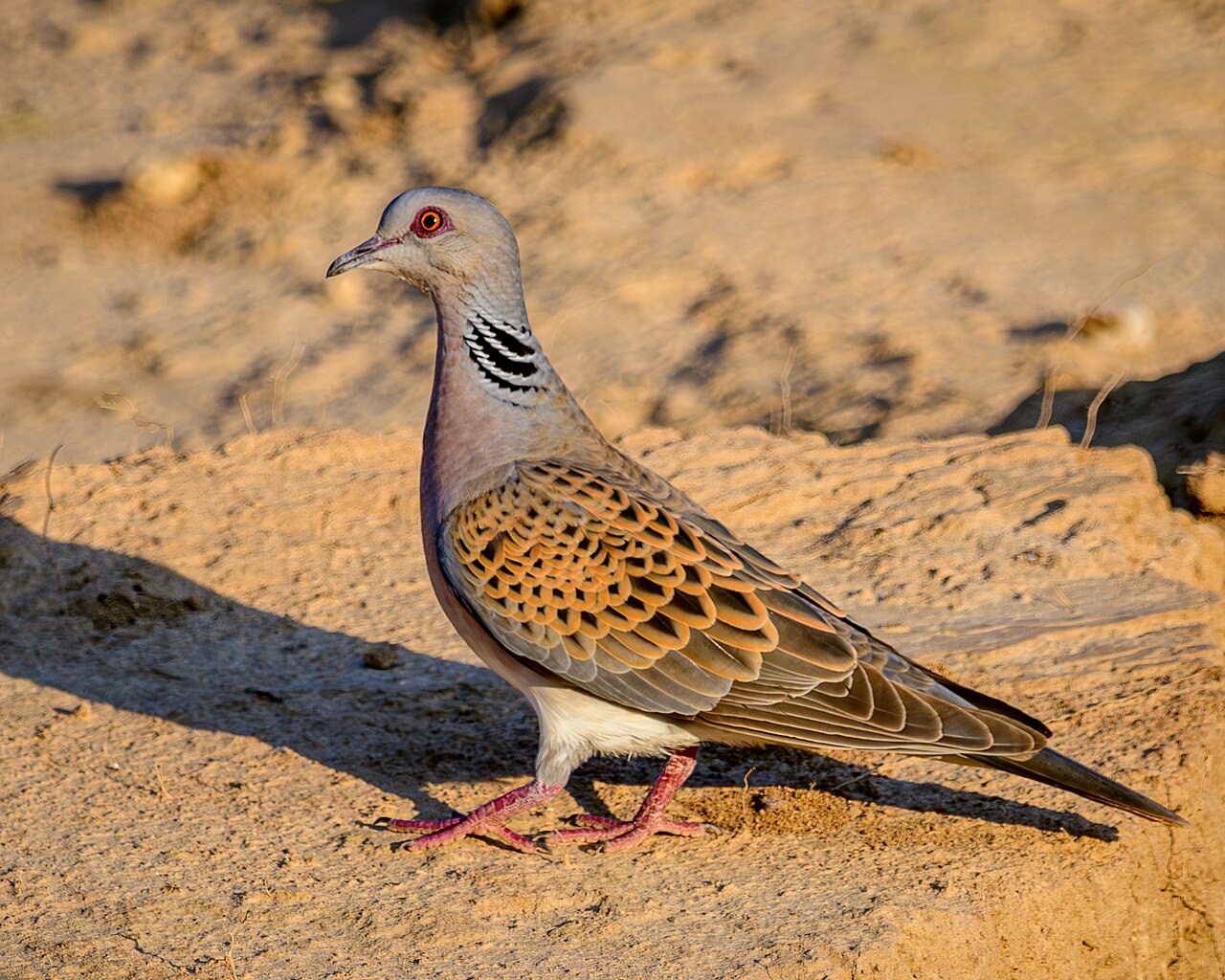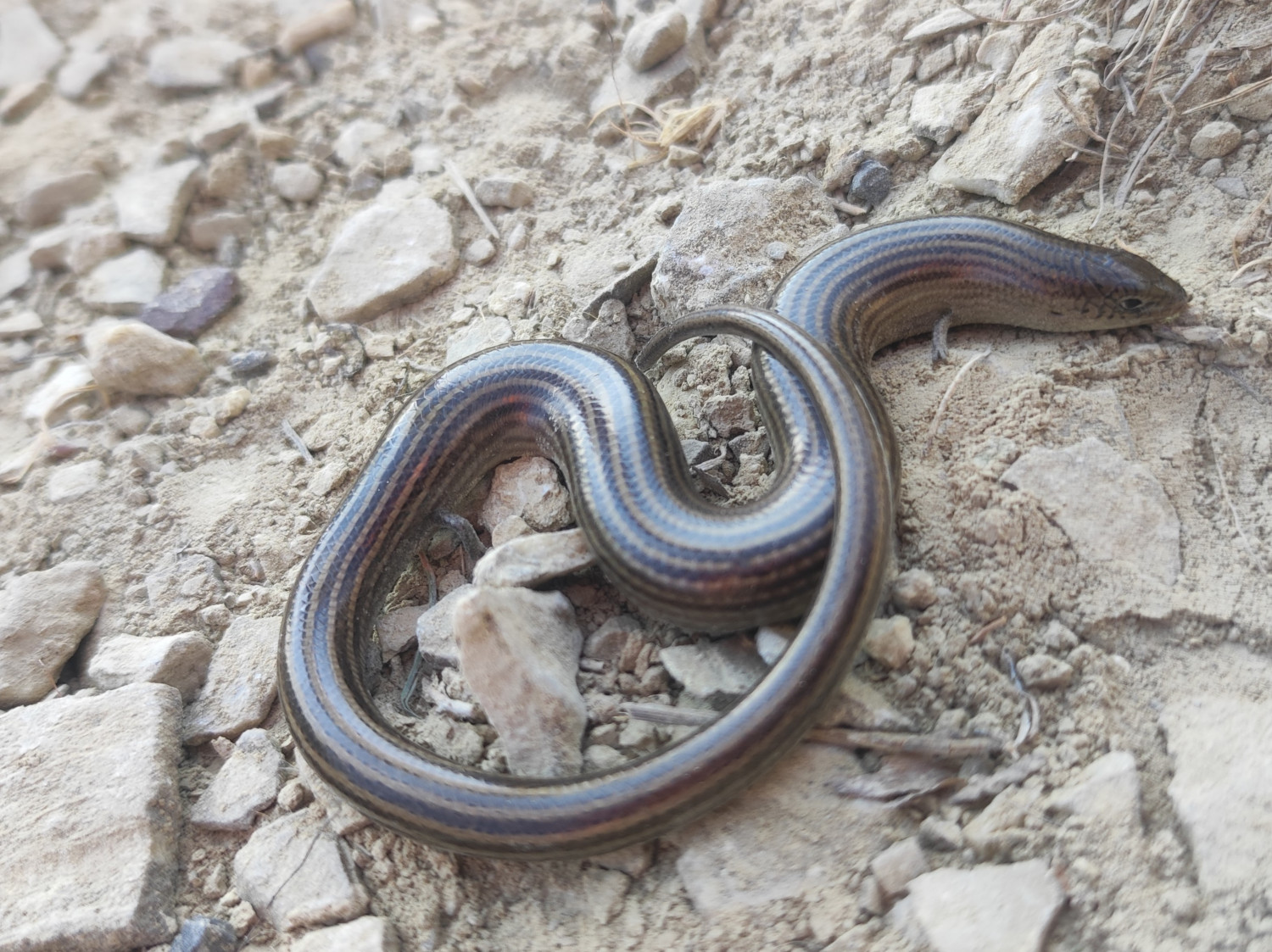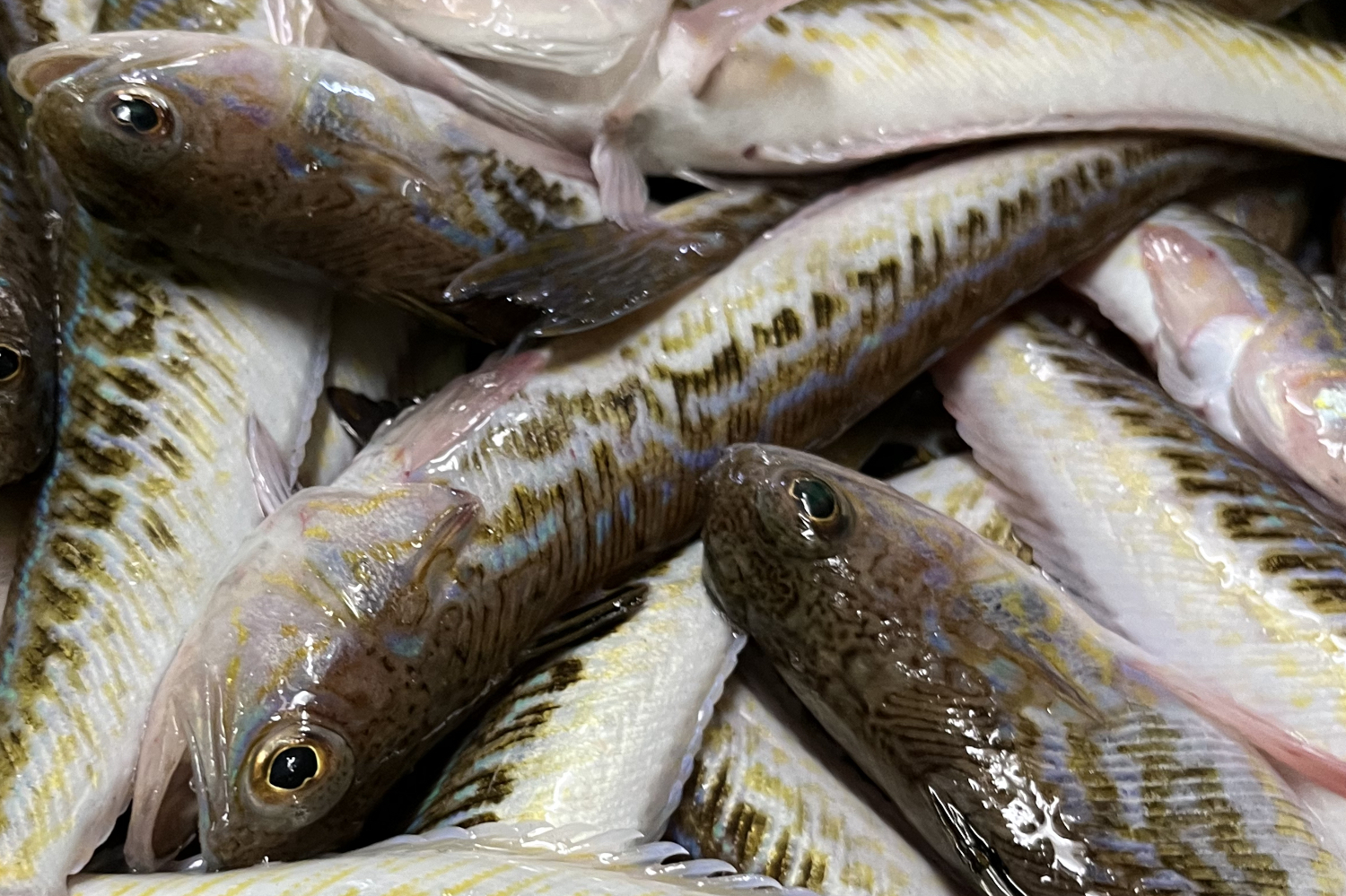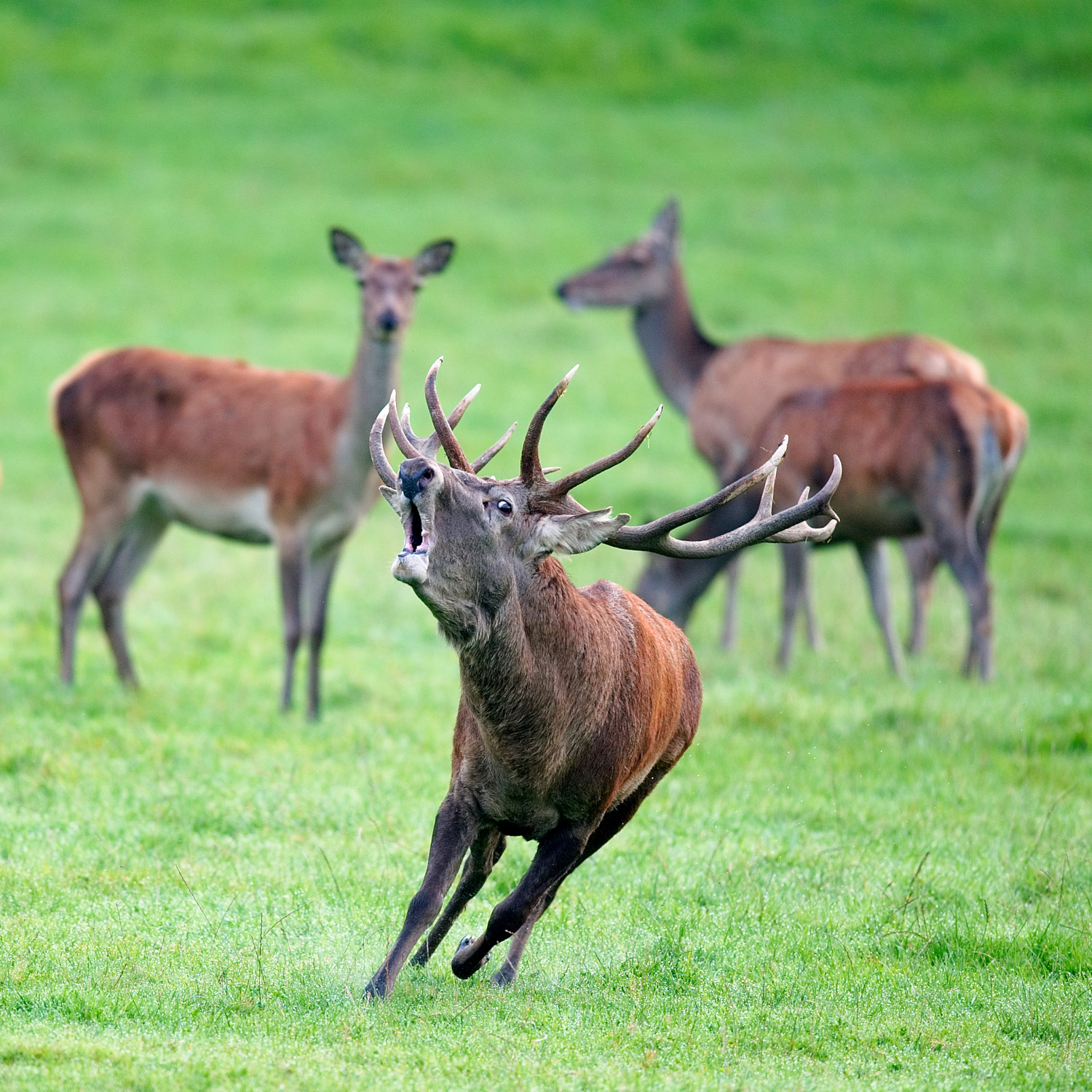The tiger that does not bleed
- The tiger brooch from streams is one of Europe’s largest brooches. In our lands, moreover, it is very widespread and it is easy to see it in the surroundings of the streams, flying continuously, ascending and descending. The male and female are very similar, almost equal to the margin of the sexual organs.

Brooch of streams (Cordulegaster boltonii)
Group: Invertebrate/Insect/Odonata/Anisoptera
Size: 7-8 cm (some larger specimens)
Where does he live? In the surroundings of streams.
What do you eat? Invertebrates: insects, spiders…
Level of protection: It is not protected.
At first I said that it does not bleed and that does not correspond to the stories that are usually opened. In western cultures, dentists (dragonflies and skewers) were accused centuries ago of being friends of the devil. Their big eyes and the fact that they were “looking” at humans contributed a lot to this false belief. If you looked at the mistakes and weaknesses of human beings, at night you had to tell the devil, so that from there you could know where to attack so that people could get into hell. Fortunately, other cultures (mainly Eastern): Japan, China, India…) were considered as more extreme beings and have been models of courage, honesty, curia or bravery, even today. Many dental species live in “useless” places, you already know “wells, lagoons…, dirty, mosquito-filled places.” The real value of these places today does not need to be claimed if there is minimum knowledge.
Returning to the flying tiger, in our land the genus Cordulegaster has two very similar species but they have nothing to do with its extension and ease of observation. The flight of this kind of streams is exceptional and likes to fly along forest roads, close to streams. Of course, it feeds on insects that you can capture while you fly, if dams are small or inns if they are sizable. This species has often been accused of being a specialized beehive, which has not benefited him either, despite its bad character. And the complaint is very wrong, because the Erreketa tigers sprout, like the rest of odonates, is an “opportunistic” insect. Every now and then, he eats bees, yeah, but he doesn't specifically go to find a bee. It is like saying that we are herbivores for eating a lettuce! What you can, what you catch, eat, including other dentists…
Its color is black and yellow and its green eyes. Long, cylindrical abdomen. The females have a spectacular egg-laying ovipositor, in the form of a sword, and it is wonderful to see the incorporation of eggs into the barrels and waters of the banks of the streams, while making a vertical flight, up and down, zast-zast!The larva extracted from the egg will live hidden in the rails of the river bottom, until the last change of skin and conquer the air. Male Odonates have the reproductive apparatus in two parts and when covering they form an amazing image of “heart” between the female and the male. But this tiger is difficult, very difficult, that you can see in those cases -- but not flying in July and August.








